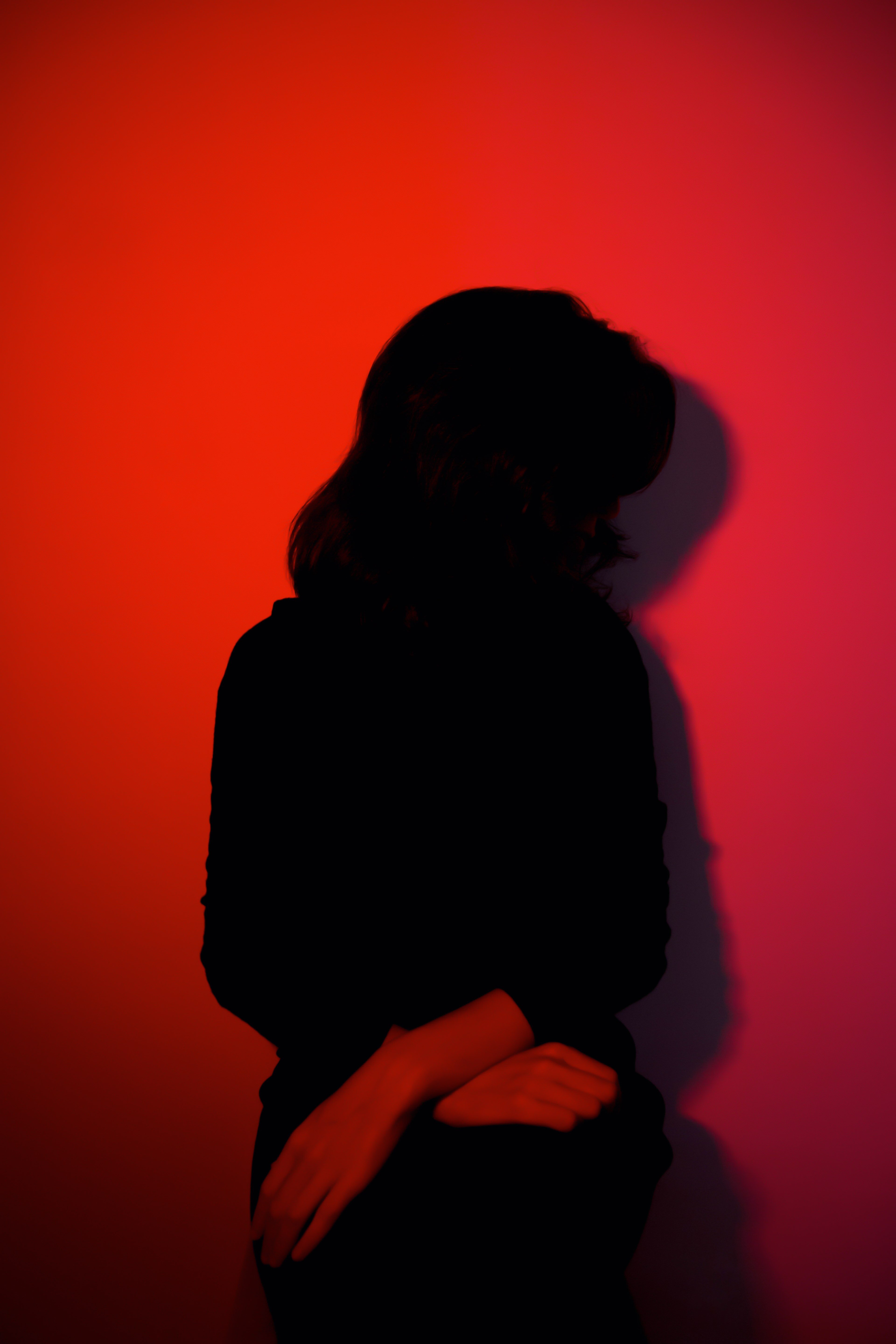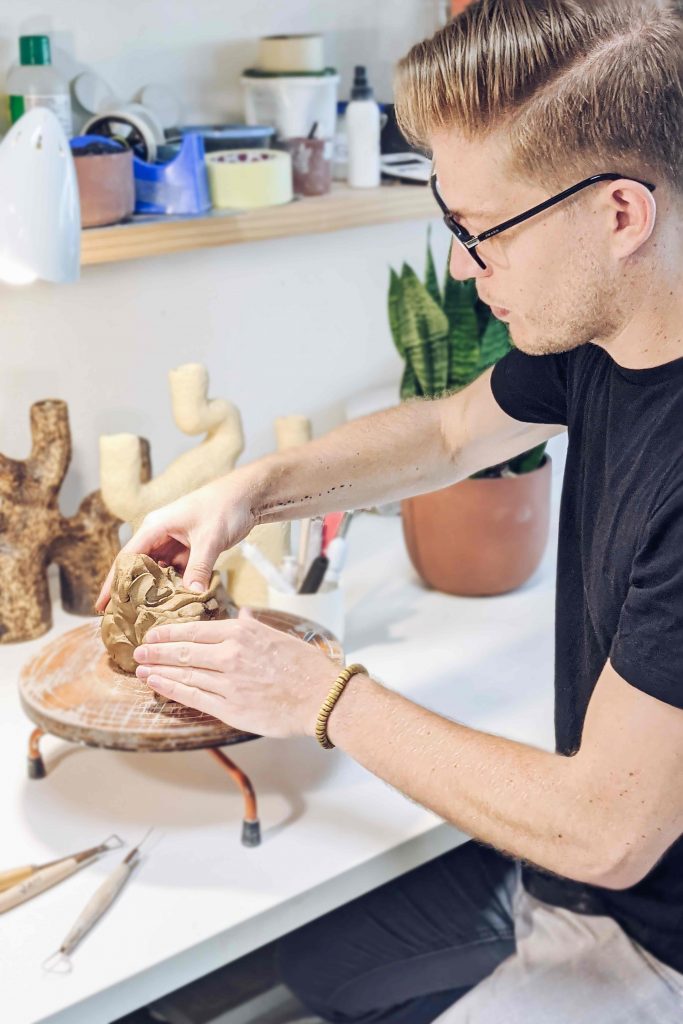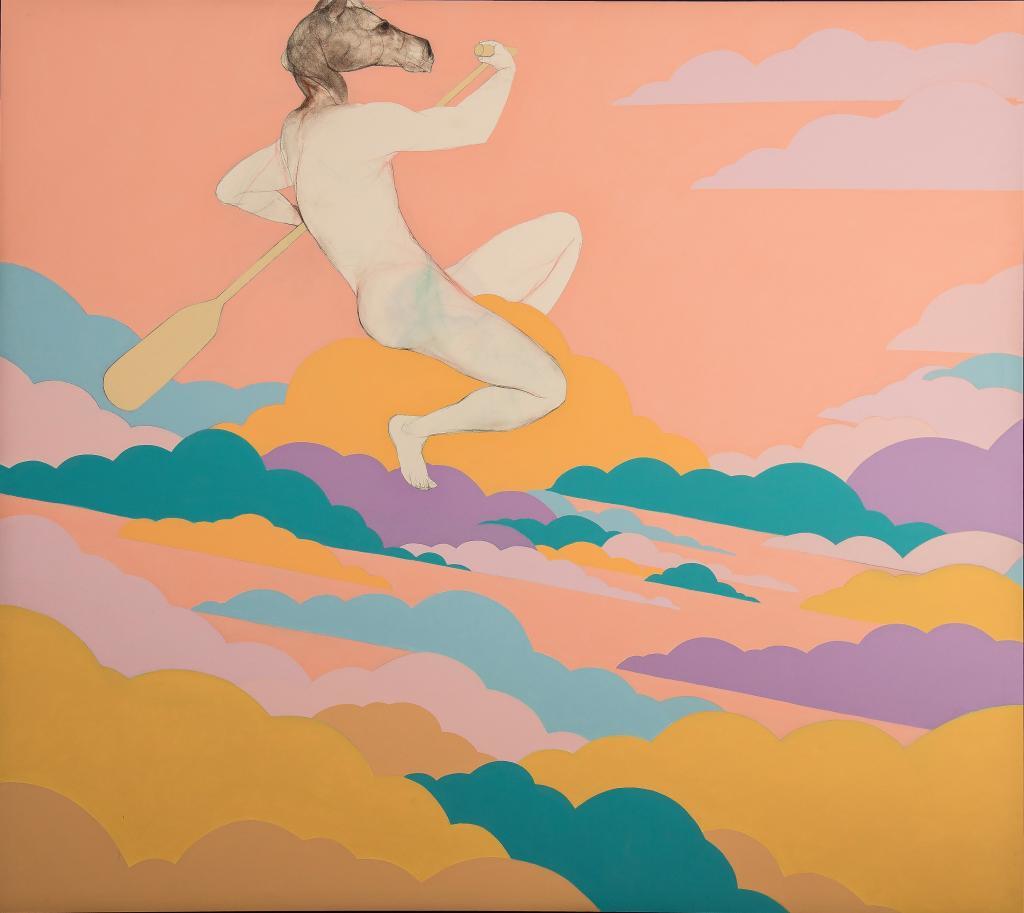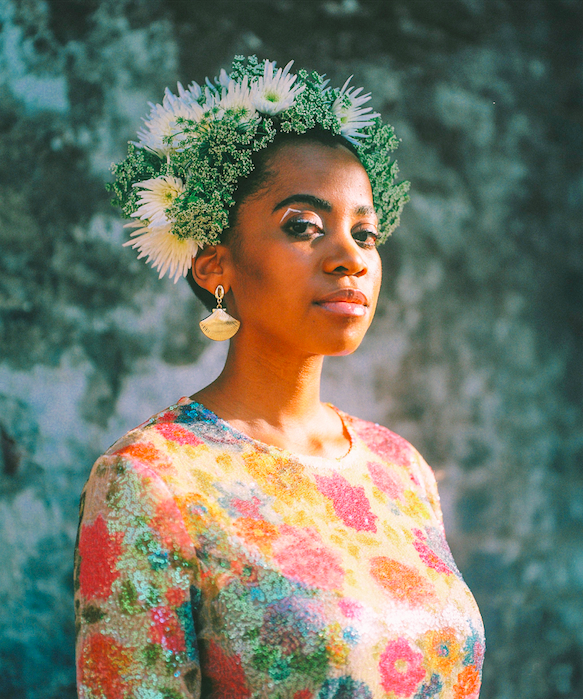Untold: a photography response to the violence towards women in Algeria
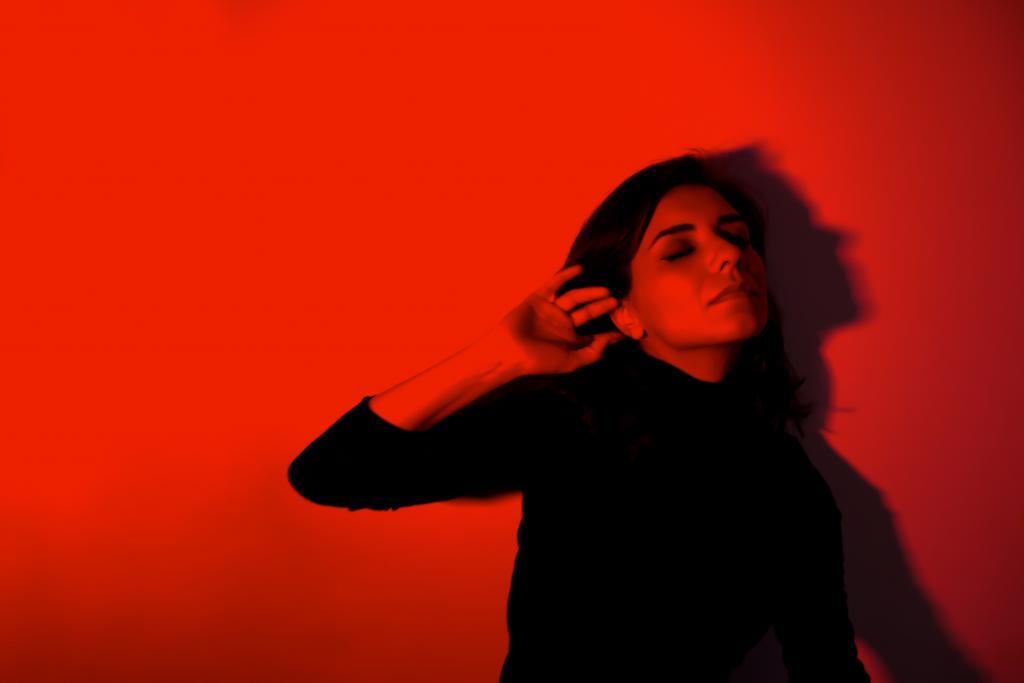
This interview is between Cindy Sissokho (CS) and the artists Sonia Merabet (SM) and Abdo Shanan (AS) about their exhibition Untold at the Rhizome Gallery in Alger that is currently opened until the 8th March 2021.
The exhibition was curated by Myriam Amroun and Walid Aidoud and was developed as part of Remchet 3in, a project in partnership with Dima Cinema. The show opens space for a discussion on the violence towards women in the context of Algeria and about the consequences that they generate directly on the subjects: between crossed illustrations, processes of psychic de-configuration, or terrors brought from seeing a shadow, the shadow of the self.1 quote taken from the exhibition official press release.
In this interview, the two exhibited photographic series are analysed: Séquelles Bleues (The Blue Wounds) par Sonia Merabet et Mémoire (Memories) par Abdo Shanan.
CS: What were your initial thoughts and approaches about the exhibition’s theme in relation to the discourses that are related to your artistic practice? and how is this subject complementary to your photography work and mission as archive and memory?
SM: I had a lot of apprehension about meeting the expectations when working on this subject as it sits very close to me. I had two distinct approaches and, as a result, two photographic series. The first one was published as part of the digital campaign by Dima Cinema, in which I wanted to stay closer to reality and stay loyal to the perception of violence that we all have, without needing to capture it in an obvious way. I tried to work with the environment and the exhausting psychological state of the victim in a similar way than film editing. On the contrary, with the second series Séquelles Bleues (The Blue Wounds, that is exhibited to the rhizome Gallery), I wanted to take the viewers by surprise and have an opposite approach to what we expect for this theme. Unfortunately, this violence is normalised in Algeria. The victims are accused of talking about this taboo either too much or badly.
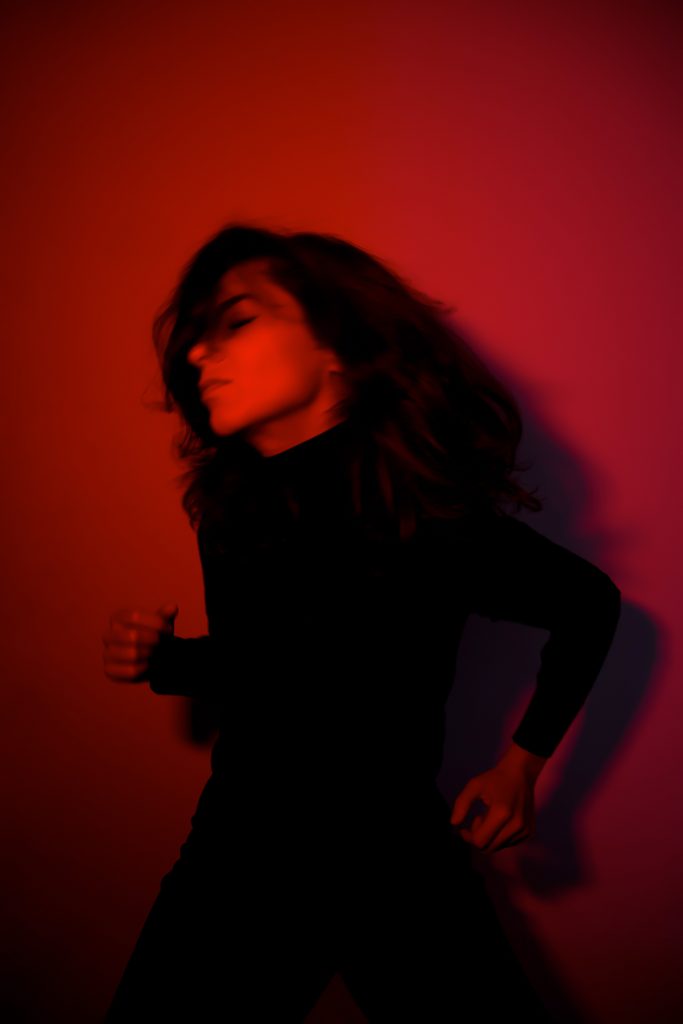
Triptyque Subligraphie Sonia Merabet, 2020. 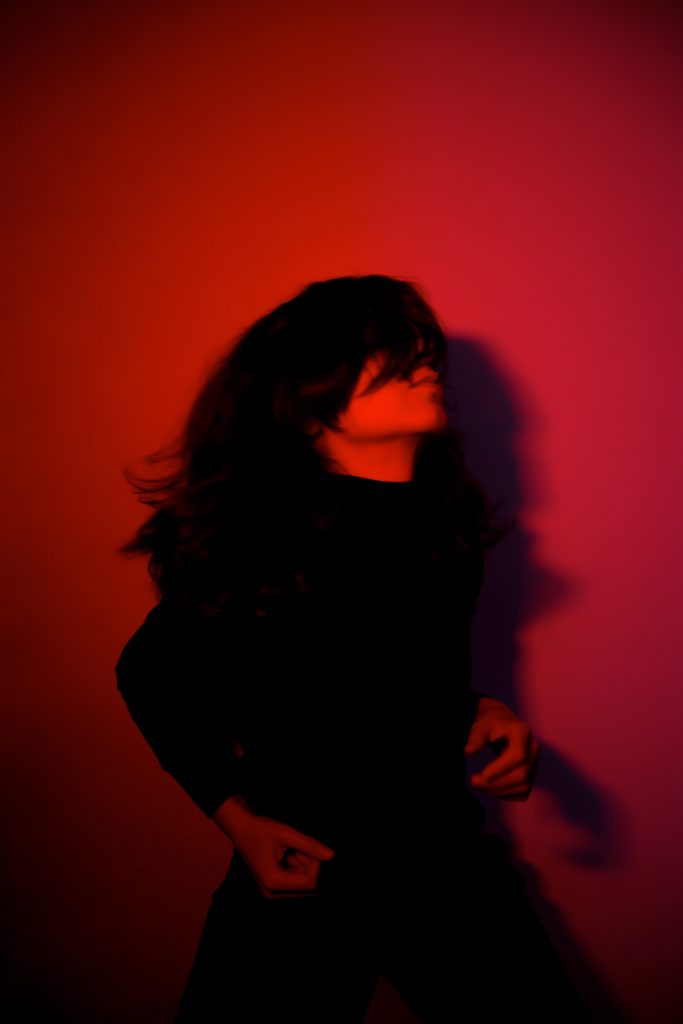
Triptyque Subligraphie Sonia Merabet, 2020. 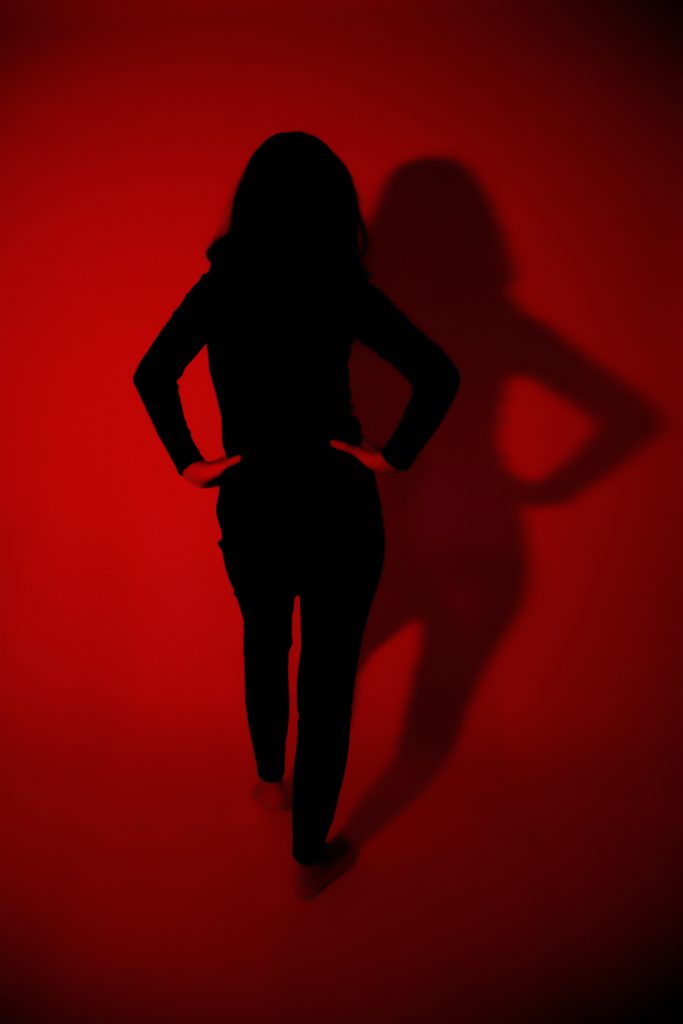
Triptyque Subligraphie Sonia Merabet, 2020.
My approach for the exhibited series was as a result of a reflection about how to raise awareness differently without using usual procedures of shocking with violent and direct representations. I chose to explore this with more subtlety. Black isn’t just an aesthetic choice. I wanted to highlight the blue in the shadows. The shadows being the main visual metaphor for the wounds. Red was a more obvious choice in regard to the contradictory feelings that it relates to.
AS: As an artist and photographer I always need to find a personal point of connection with the issues that I work with, or something that triggers me. In this case, reading the stories2The artist refers to the Livre Blanc (The White Book) by Réseau Wassila (The Wassila Network), available to read here: https://www.yumpu.com/it/document/read/17375434/livre-blanc-le-reseau-wassila narrated by women who endured violence in their life was fundamental. I was struck by the level of details within their stories, all told from memory. They just didn’t forget violent moments, and they are still present in their minds and affecting their lives.
Furthermore, I was diving into their stories trying to imagine how it would feel to remember these traumatic events. What does a memory feel like? Specifically, when the memory becomes violent itself. Their memories are triggered by anything, anywhere and at any time. How could anyone go through this? Is it something that they would share openly with other people or is it something that is intimate and difficult to speak about because it is also exhausting to talk about it?
CS: Violence is a visible and invisible act. According to my observations, you both worked with a distinctive visual poetry – the shadows in Sonia’s portraits in contrary to the light and blinding flashes in Abdo’s polaroid, as a metaphor to recollections. You are both doing so through capturing the intimacy and living spaces of the victims, the unsaid things in relation to the seriousness of the narratives that are represented in a more or less direct way. Could you tell us more about your choice and techniques used in order to represent the violence, as well as the message that you wished to bring to light or shift?
SM: I worked with a model, the actress Meriem Medjkane as she brings out strength and delicacy. The red light emphasises these personality traits, as well as expressing more aggressiveness and sensuality. The most important element in the series are the shadows because I think that violence, no matter what they are, are dealt with in a specific time, and if it is physical violence, the body can recover from it differently.
However, psychological wounds remain like a shadow that follows us everywhere: the light of the shadow is blue, which explains the title of the series. The second idea comes from the fight that we have against the wound, that we carry within ourselves to move on. The poses are fluid, in constant movement in order to express the desire to reconnect with one’s body, as well as to be liberated from what holds us back because of the trauma.
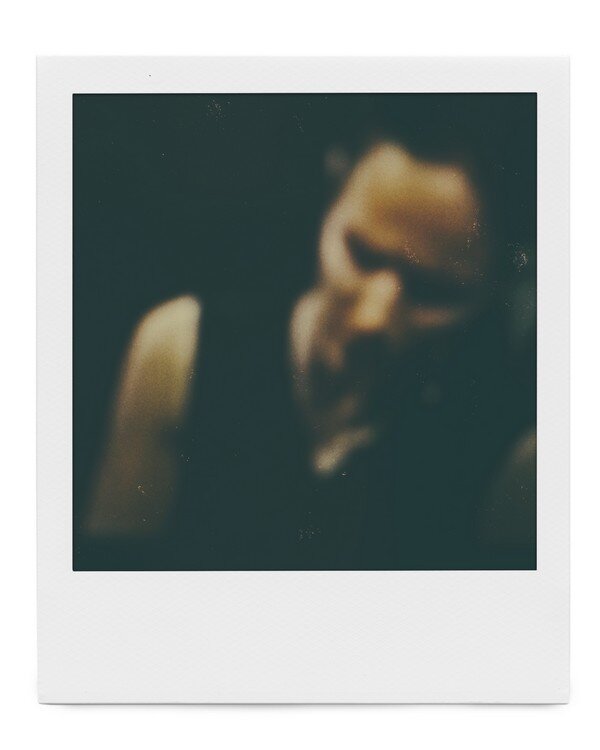
Abdo Shanan, Memory 2020.
Digitals polaroids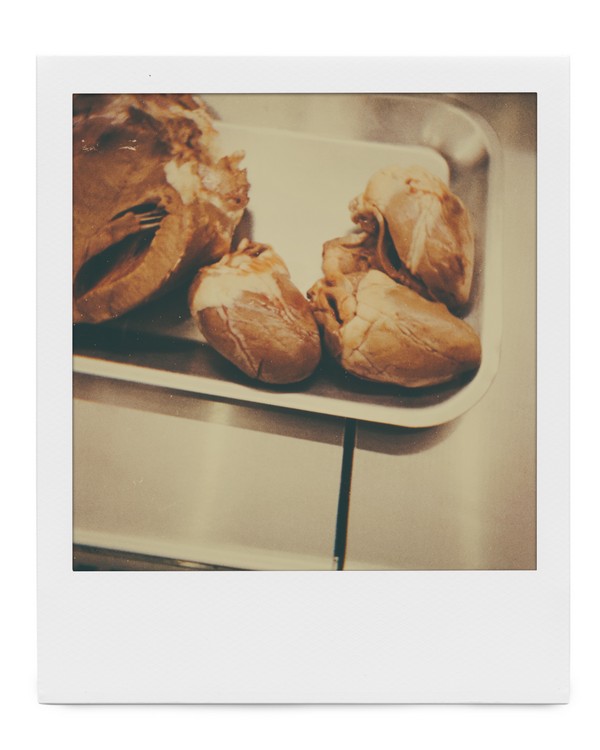
Abdo Shanan, Memory 2020.
Digitals polaroids
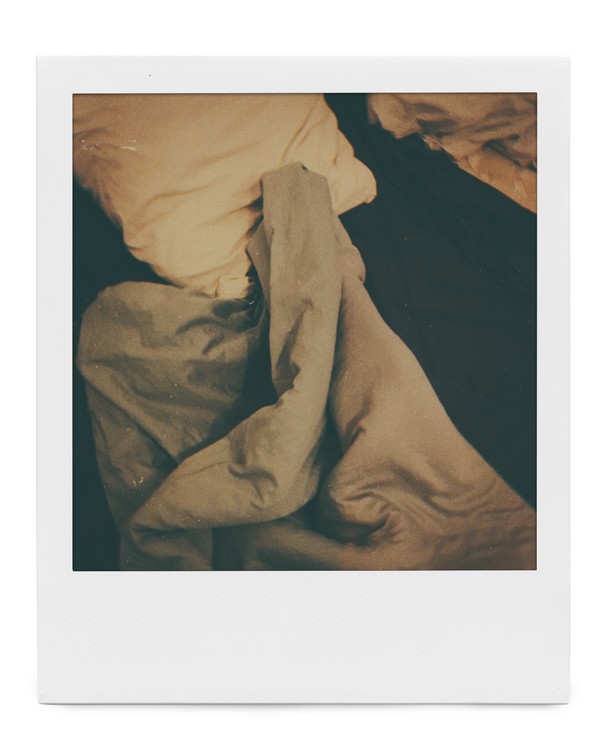
Abdo Shanan, Memory 2020.
Digitals polaroids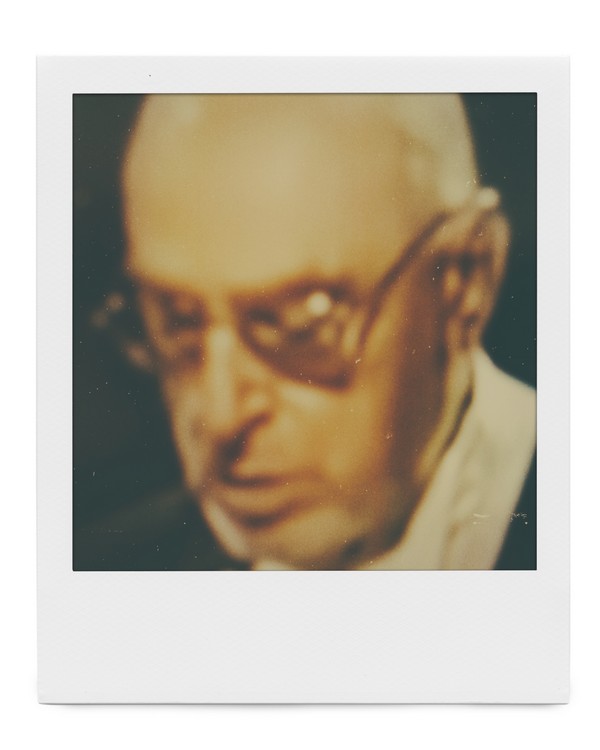
Abdo Shanan, Memory 2020.
Digitals polaroids
AS: It is the first time that I worked with the installation format. For this exhibition I thought that it was the most suitable way to convey the ideas I wanted the public to grasp. How can we show something that we cannot see – only the person remembering the violent events can see? The person who endured violence only knows how a memory could be violent. I needed to immerse the viewers within the women’s experience, even though I know that I cannot fully do so. I could only build a bridge between the viewer and the women. With this series, I hope that the viewer will start to understand, debate, or see things from a different perspective. I think this is my role as an artist.
My aim with this installation was to create a condition in which the viewer is uncomfortable and disorientated. We decided to build a black box in which the photographs are projected with a flow of images that would make it hard to understand and follow. It includes a sound that permanently makes the viewer on the edge trying to find a connection between what they hear and what they see. With these circumstances I wanted the viewer to feel as if trapped in the head of the victim who is forced to remember.

